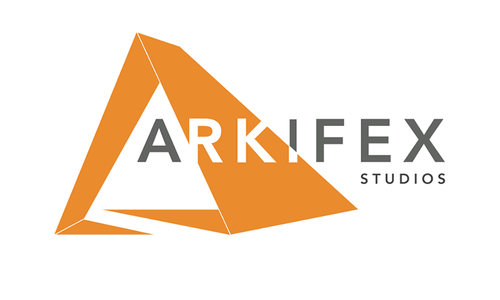
Culture
How a Remote Workforce Model Can Work for Your Business
BriteCore, a Springfield-based software development company, has thrived using a remote workforce.
By Juliana Goodwin
Sep 2018

BriteCore started with two employees but has grown to 170. CEO Phil Reynolds and his wife, Chastin Reynolds, vice president of marketing, explain how to transition your workforce.
In 2005, cousins Phil Reynolds and Chris Reynolds, who serves as chief operating officer, founded what would become BriteCore. The team originally built web-based quoting systems for regional mutual insurance carriers, and the systems were so successful that the clients asked them to modernize the rest of their businesses. They established BriteCore, a fully managed, cloud-based insurance software platform that combines core, data and digital solutions into a single, comprehensive suite. BriteCore supports multiline, multistate and multilocation policies for personal, commercial, workers compensation and specialty lines of business.
Housed on Blackman Road, the company has employees in 19 countries and 18 states. Building a remote workforce was a natural progression, as the company’s philosophy is to attract top talent, regardless of location. The Springfield office is primarily used to host meetings.
“Having our employees work remotely offers several advantages: access to talent, focus on productivity, employee development, flexible work schedules and freedom to work from anywhere,” Phil says, via email. “The remote workforce model gives us a global reach, which provides more opportunities to find individuals with the skill sets we need.”
Although a remote workforce has many advantages, there are a few disadvantages, such as scheduling meetings with employees in different time zones and language barriers with international team members.
“The remote workforce model gives us a global reach.”— —Phil Reynolds, BriteCore CEO
For any business considering the switch to remote working, take it slow. Start by building a digital infrastructure to serve as the communication and collaboration hub. Once employees get used to it, they can work from home more often. If this goes smoothly, employers can work toward letting their employees work remotely full-time, Phil says.
One of the biggest mind-set shifts is that corporations must move from tracking time to tracking productivity, Chastin says. They should be prepared to spend their budget differently, too. “When a company switches to a remote workforce, there is a shift in investment dollars,” Chastin says. “You have to replace buildings, desks and furniture with tools that foster productivity and development.”
Continue sending employees to conferences, workshops and events for networking, education and team-building purposes, but start using online tools for daily check-ins, assignments, feedback and regular communication. Collaborative tools are key to building a cohesive remote team, the Reynoldses say. They recommend Google Drive, Slack and RingCentral, among others.












